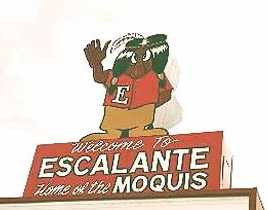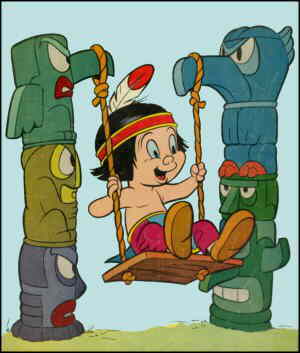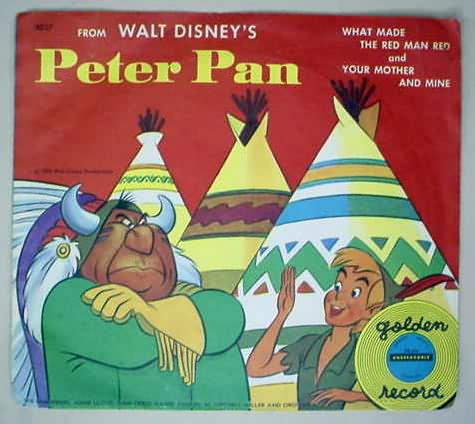Guest blogger: Wes StudiHaving worked in the film industry for a number of years, I have portrayed a wide range of American Indian characters from history and contemporary times both fictional and factual. I have always tried my absolute best to portray us in a positive light. I have learned, however, the best positive light is always open to interpretation. If my character speaks in ‘broken english’, it's because there was a time in history when we did not have the command of english we now sometimes flaunt. And this speech pattern is indicative of the era, in which the story is told. As part of the story telling mechanism of society, we as actors need to stay true to historical fact. How would it look if we as Indian characters of the past spoke in say Shakespearean english or valleyese? A comedy, right?Comment: I'm not convinced Studi, who was born in 1947, knows how Indians spoke 50 or 100 years earlier. But for the sake of argument, let's suppose he does. There are still several problems with the broken or pidgin English (i.e., Tonto talk) spoken in Westerns.
Indian characters are presumably fluent in their Native tongues. Even if they can't speak English, a movie could show them uttering long speeches in their own languages--with or without subtitles. Speaking English has little or nothing to do with whether a movie portrays Indians as intelligent and articulate.Even in broken English, a movie could show Indians speaking in animated and expressive ways. Imagine the Lone Ranger asking Tonto where a villain went. Tonto could reply, "Him gone, kemosabe." Or he could reply, "Him gone, kemosabe. Think him hiding in mine. We go in rear entrance, surprise him. Catch him before he hurt schoolmarm."
In other words, Tonto could utter complex as well as simple thoughts. Most movies use broken English to show civilized white men can think and talk better than savage Indians. To signify that Indians aren't capable of creative or independent thought.Even within the category of "broken English," there's good and bad broken English. Bad is the kind you see and hear in countless old movies, cartoons, and comic strips. E.g., "Me no like'um firewater." The "um" ending is simply wrong, and using "me" for "I" is a simple mistake that someone would quickly correct.
When you hear movie Indians talking like this, repeatedly, that isn't just broken English. It's a ridiculous, exaggerated version of broken English that nobody ever spoke. It doesn't indicate that the speaker doesn't know English. It indicates that he's a buffoonish cartoon character that we shouldn't take seriously.
Really, how long would it take an Indian listening to English to realize that the correct pronoun is "I," not "me," and that there's no such suffix as "-um"? A toddler would learn this in a few weeks. Portraying Indians as people who can't grasp basic English after months or years of exposure is meant to denigrate them. It's insulting, not accurate.So no, there's no excuse for the Tonto talk heard in many Westerns. People who don't speak English 1) speak their own language fluently, 2) express complex thoughts in whatever language they speak, and 3) don't make the same grammatical mistakes over and over. A movie that shows Indians talking like Tonto is almost certainly wrong. It's repeating decades of stereotyping, not depicting genuine ESL speakers.
For more on Studi, see
Runningwater Interviews Studi and
Studi Challenges Stereotypical Roles.
Below: The type of Indians who almost always speak broken English. It's no coincidence that their cartoonish speech matches their cartoonish appearances.







2 comments:
He has such recognizable voice. I knew it was his voice when the Leader of Na'vi spoke in the Movie Avatar
You forgot these guys.
Post a Comment